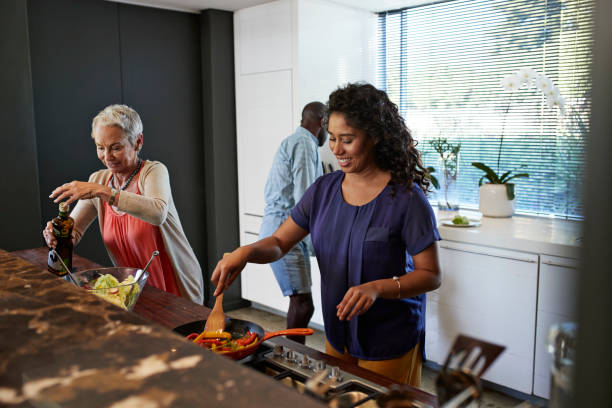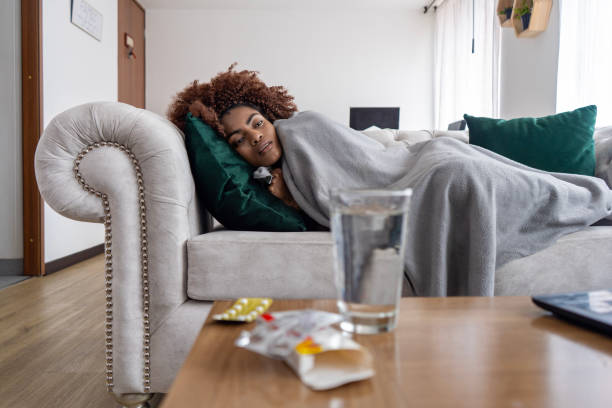(ThySistas.com) Using nonstick cookware is a must if you want restaurant-quality food. Those perfect over-easy eggs and salmon filets with super-crispy skin don’t happen by accident. If you want your food to turn out great, you’ll need to get a couple of good nonstick pots and pans.
Nonstick cookware has come a long way from the days of the Teflon coating. Today’s nonstick surfaces are even more nonstick, coming in a variety of prices to fit any budget. Regardless of the type of nonstick cookware you choose, one thing’s for certain: You’ll want to heed the warnings below to avoid ruining your nonstick pans.
- Stop Using Cooking Spray
Most nonstick cookware is not compatible with nonstick cooking sprays. While you may be trying to cut calories by using the cooking spray rather than oil or butter, these products build up over time, creating a film on the pan’s surface that’s almost impossible to remove.
Your best bet is to use oil or butter – not cooking spray – in your nonstick pans. If you need to cut calories, invest in an oil mister that uses minimal oil to coat the pan.
- Be Sure to Add the Fat at the Right Time
Many people have been taught to add the oil or butter to the pan after the pan has heated on the stove. When using nonstick cookware, however, this is incorrect. The butter or oil should be added to the pan when it is still cold as these fats can add to the nonstick nature as the pan heats. Also, some nonstick surfaces emit toxic fumes if they aren’t coated with a lubricant while heating.

- Use the Appropriate Cooking Utensils
While durable, nonstick cookware can scratch if the wrong utensils are used on it. Metal utensils are a big no-no. Use only wooden or silicone cooking utensils when working with nonstick cookware to keep its surface pristine for as long as possible.
- Stop Cooking with Such High Heat
Cooking over high heat can damage the surface of nonstick pans. There is little reason to ever cook over high heat, so keep the stovetop burners set to medium or lower to protect your nonstick cookware.
If you’re preparing a meal that requires transfer from the stovetop to the oven, be sure to check that the nonstick pan you’re using is rated for the higher temperatures that an oven gives off. If you aren’t sure, don’t put that nonstick pan in the oven. Use a stainless-steel pan or Dutch oven instead.
- Learn to Wash Nonstick Pans Correctly
Your nonstick pans will last longer if you wash them correctly after each use. Never use abrasive cleaners or scrubbers on them. Use only soft sponges or microfiber cloths and dish soap to clean them thoroughly. If your nonstick pan does experience stuck-on food, use baking soda and water to remove the buildup.
While some nonstick cookware manuals say the pans are dishwasher safe, it’s best to wash these pans by hand to err on the side of caution.
Good, restaurant-quality food at home starts with nonstick pots and pans. Today’s nonstick cookware comes in a variety of types and price points, making it more affordable and usable in the home than ever before. Even so, nonstick cookware will only continue to be nonstick if you treat it right. Without realizing it, you could be ruining your nonstick surfaces with the practices above. Heed these warnings to keep your nonstick pans in great shape.
Staff Writer; Paula Ford










Leave a Reply